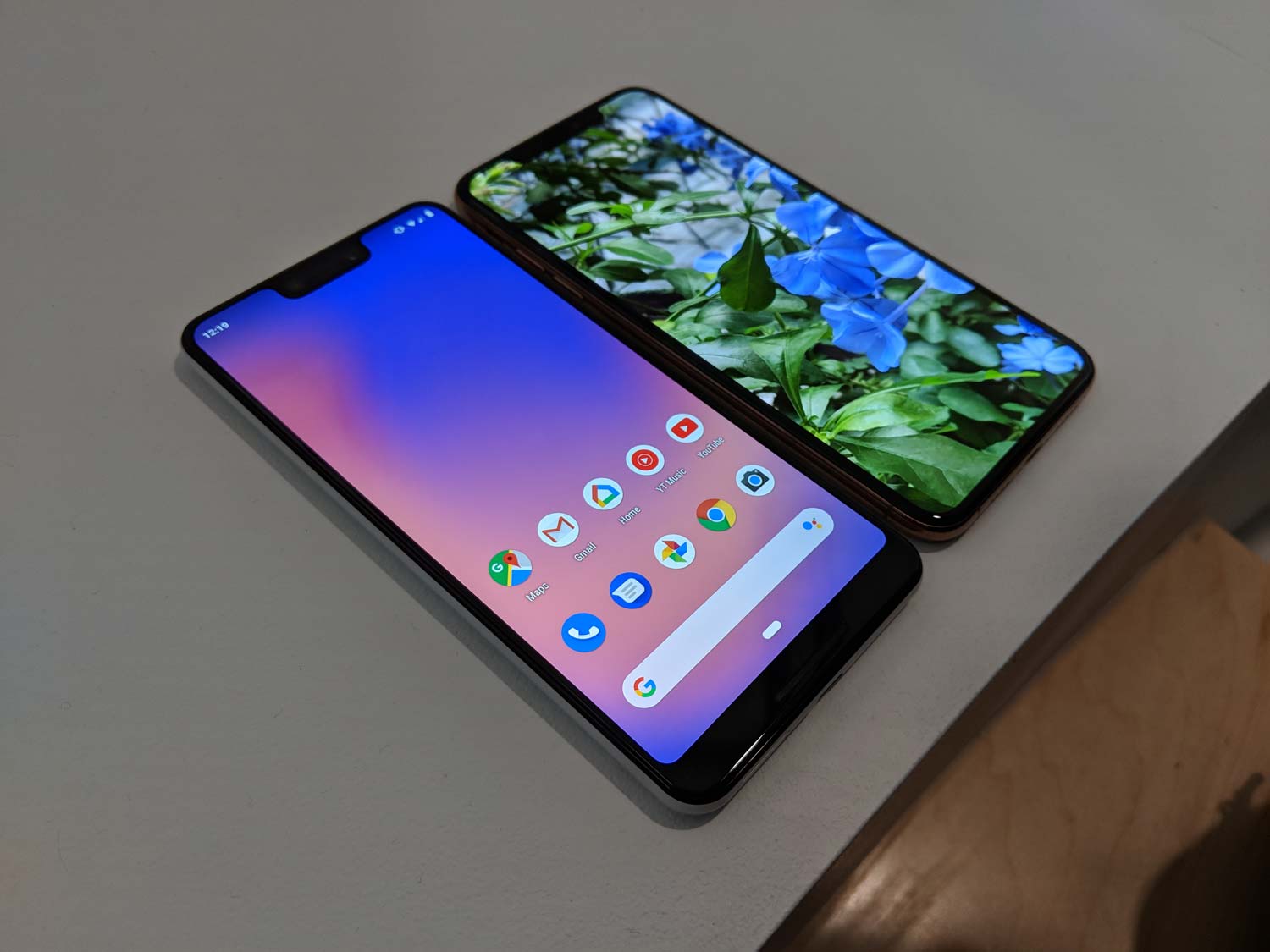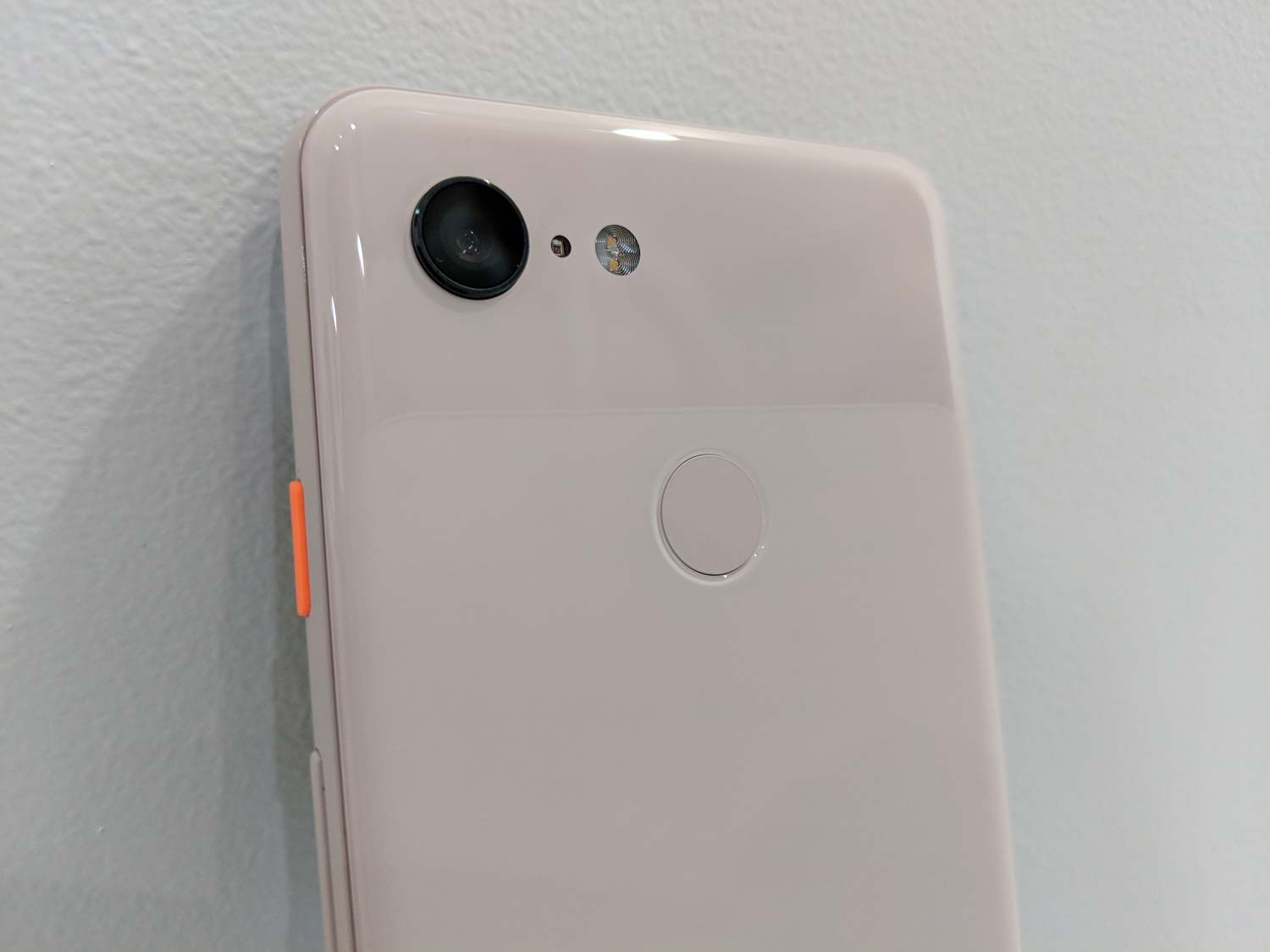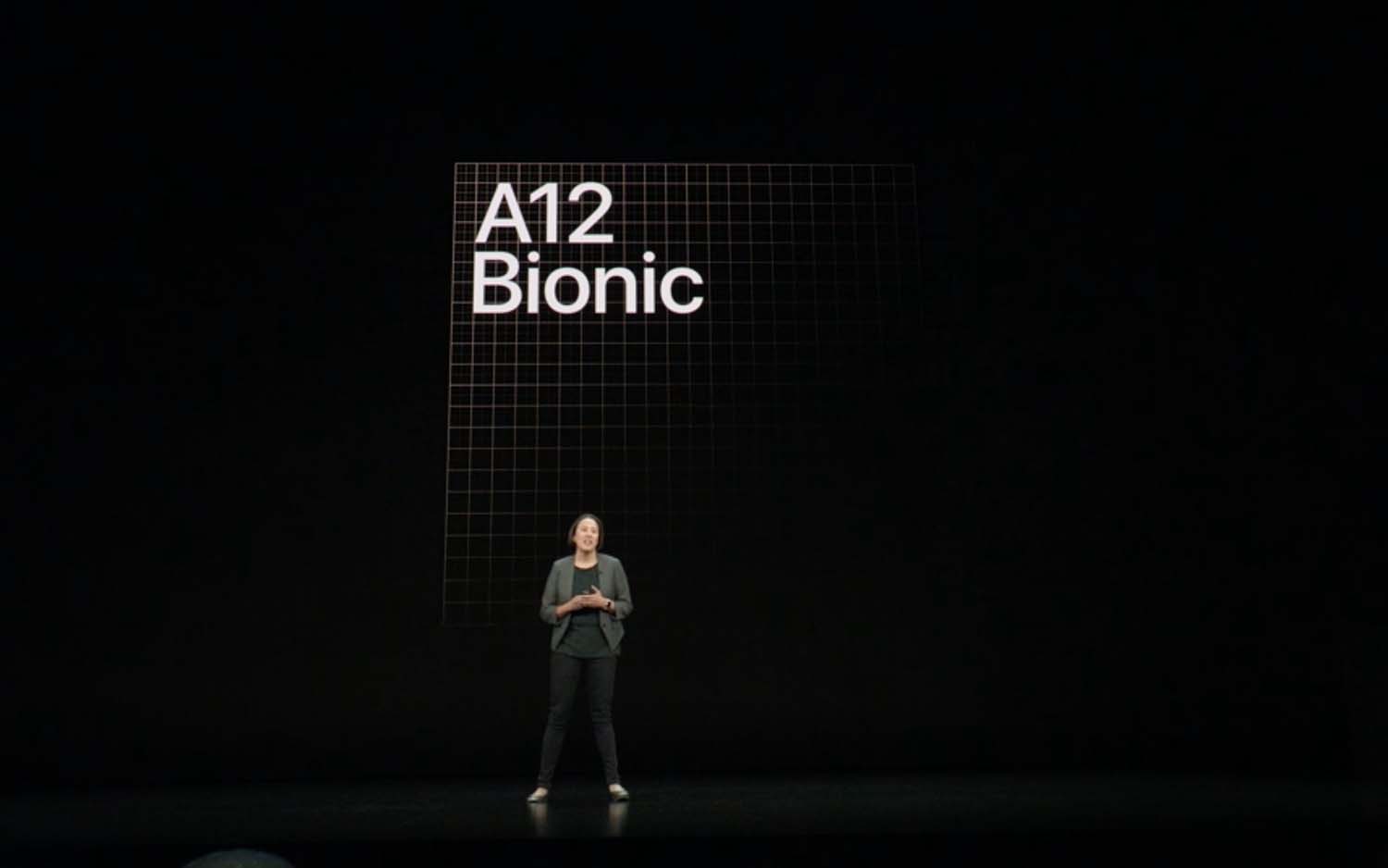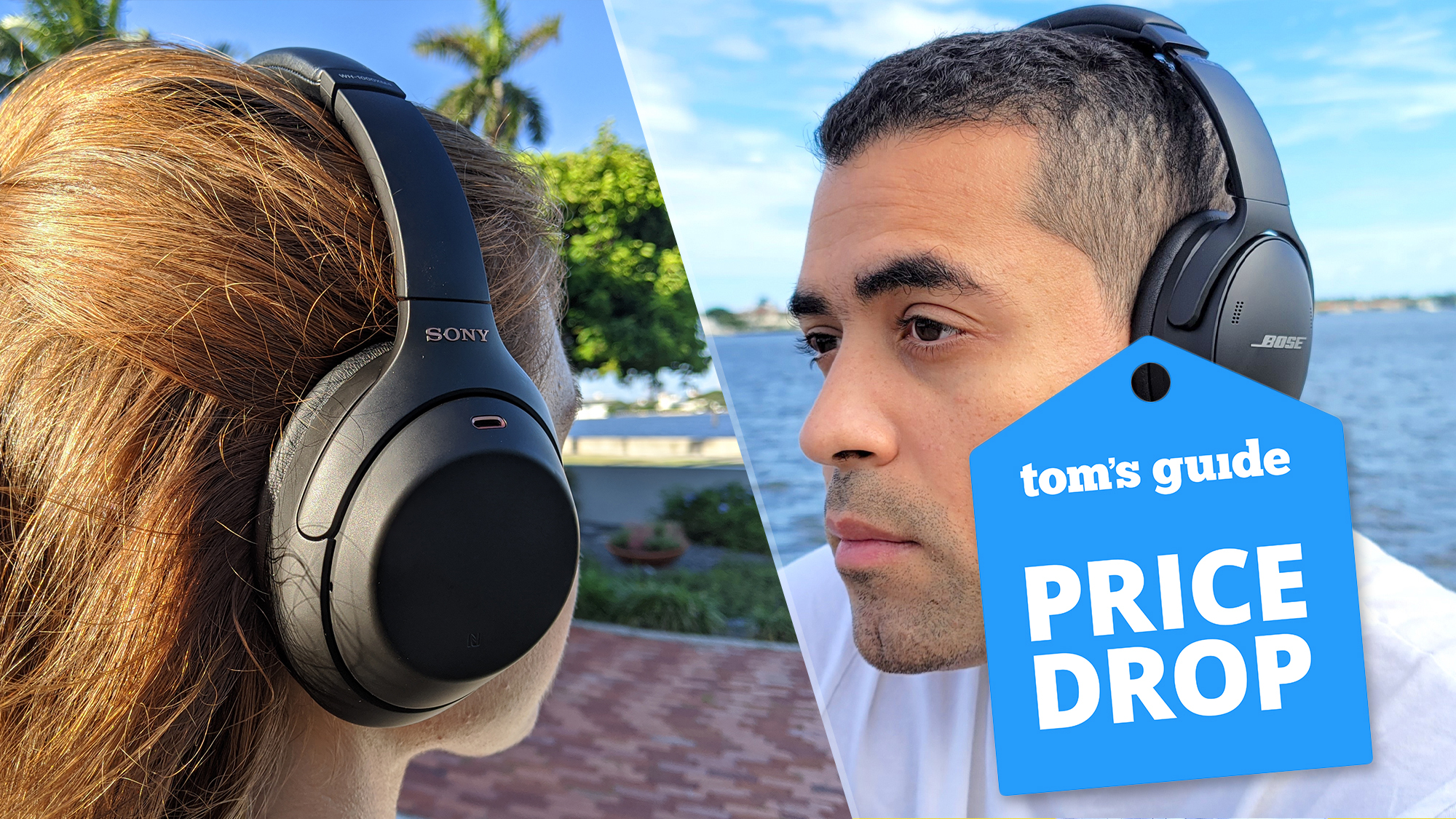What a Diehard iPhone User Thinks of the Pixel 3
The Pixel 3 and iPhone XS offer clear insights into what Google and Apple believe a smartphone should be.
It's the most wonderful time of the year, at least for smartphone fans. A month after Apple announced this year's iPhone lineup, here's Google with the new Google Pixel 3 line.

Where does the Google Pixel have it over the iPhone XS and XR? Where does it lag behind? And perhaps most interestingly, what do the differences between Google's phones and Apple's say about their respective companies? Let's break it all down.
Design: These are premium phones
The price tags tell the story: The Pixel 3 and Pixel 3 XL cost quite a bit less than the iPhone XS and XS Max, but they're still undeniably premium phones. My friends who are big Apple fans all concur: The Pixel line is most definitely the smartphone for people who want to run Android, but on premium hardware.
MORE: Best Smartphones: Where the iPhone and Pixel Rank
Google's phones won't sell like Samsung's, but they do define Google's vision for what the ultimate Android phone experience should be. And when Samsung phones get dinged in the press for not matching up to the Pixel, it prods Samsung to follow Google's lead.
Apple's still got the design lead on Google, though. The Pixel's screen is smaller than that on the iPhone XS, and it can't manage the top-to-bottom display of the XS, though that means it doesn't have a notch — unlike the iPhones and many, many, many other trend-following Android phones. It's a small, premium-feeling phone for $799 — that's not a bad combination.
"The Pixel 3 XL kind of feels like a design disaster."
The Pixel 3 XL, on the other hand, kind of feels like a design disaster. It's got a gigantic notch at the top and a visible "chin" at the bottom. Google's insistence that it must put a front-facing speaker on both sides of the device is baffling: Listen to the iPhone XS and you can hear that Apple has managed to get great stereo sound out of its devices while extending the screen to the bottom of the phone. And not only is the enormous notch on the Pixel 3 XL ugly, the curves at the top edges of the screen don't match the curves at the bottom. Once you see it you can't unsee it. Try again, Google.
Camera: Google presses its lead
Even after the iPhone XS was released, reviewers generally agreed that the camera on the Pixel 2 was still better, even if Apple closed the gap a bit. The Pixel 3 pushes its camera forward, but with the exception of an additional wide-angle selfie camera (a very clever idea!), most of Google's photographic advances are on the software side.

With the Top Shot feature, Google is taking multiple photos every time you press the shutter, and using machine learning to alert you if it thinks one of its bracketing images is better than the "real" one you took.
This feature is actually a great encapsulation of the difference between how Google and Apple see the world: Apple's camera can similarly take bursts of shots, but even if Apple's doing a lot of processing and evaluation of stills, it's doing it silently. (You can also manually shoot a burst and flip through images one by one.) Google, on the other hand, wants to use active-assistant technology to help you.

My reaction is what you might expect: I like what Google's doing but I'd rather it just commit to picking a winner rather than bug me. Still, if you're Google, it's a smart thing to press your advantage over Apple when it comes to machine learning.
"Google hasn't exactly lapped Apple on the camera, but it also hasn't given up its lead — and it's thrown in some nifty new features."
Personally, I'm more excited about a feature Google calls Super Res Zoom, which uses natural movements in your hand to capture multiple images at slightly offset angles and combine them to make a much higher-resolution version of the same image. I've read about a similar technique being used to experimentally create high-definition video out of standard-def sources. It's an incredibly clever — and processor intensive — approach.
This is the state of the camera arms race now. These phones aren't getting thicker, so Apple and Google and Samsung just need to keep pushing into clever, processor-intensive, machine-learning enriched ways to make our photos better. For now. it sounds like Google hasn't exactly lapped Apple, but it also hasn't given up its lead — and it's thrown in some nifty new features.
Processor: Apple's way ahead
Without even looking at benchmark tests on the Google Pixel 3, I can tell you that it's not nearly as fast as the iPhone XS. Apple's got a huge advantage because it designs its own chips, and they're largely purpose-built for the iPhone. In fact, one way Apple fights back against Google's advantage in machine learning is by loading its processors with even more cores dedicated to machine-learning tasks.

In any event, Apple's chip technology feels like it's years ahead of the competition. The current generation of Android phones, including the Pixel 3, don't seem to be catching up.
Pixel 3: The Best iPhone Alternative
As someone who's owned every iPhone, I have to say that I've always liked the Pixel line. If I were banned from using iOS, I would absolutely buy a Pixel 3. It's a premium phone with a fantastic camera and stock Android.
Is it better than the iPhone XS? Yes, in some ways, and no, in others. Ultimately, there is nothing on either model that will, alone, force someone to switch from their preferred platform to a different one. The good news is, both lines are premium phones from platform vendors who ensure that they're the best (and, yes, in Apple's case the only) representation of what their platform has to offer.
But if I were shopping for a larger phone, I'd look to the iPhone XS Max or the forthcoming iPhone XR, rather than the Pixel 3 XL. Apple's not just ahead in processor design — it's ahead in notch design, too.
Image Credits: Tom's Guide
Sign up to get the BEST of Tom's Guide direct to your inbox.
Get instant access to breaking news, the hottest reviews, great deals and helpful tips.
Jason Snell was lead editor of Macworld for more than a decade and still contributes a weekly column there. He's currently running the Six Colors blog, which covers all of Apple's doings, and he's the creative force behind The Incomparable, a weekly pop culture podcast and network of related shows.
-
omischon Curved edges not the same on all 4 corners? Not feeling right, you panic? Jason, bud, its called oc and borderline. My ex-wife could not handle 4 chairs around a round table. So she lined them up against the wall in a perfect line...Reply
I am aware that Apple is marketing their products to customers with OC. Thats the 20%.
Thats why you have exactly those curves, a little bit of chrome and SYMMETRY. The audio on Apple devices is crap. Same on And. Its physics. Use headphones. As for chip performance. Both are plenty fast.
Look at an Essential. All the OC clues are nonexistant. Its a wonderfully designed black slab where all the OC triggering elements are absent. No logo, dark non branded interface, The notch is tiny and invisible and it sounds just as crappy as a Pixel, iphone etc.
In the artworld we decided 700 years ago that symmetry of a picture frame is not the way to go and we added a little heft to the bottom of it. Looks way better. Pixel does it, Essential did it better. Apple...well.
The apple cams are horrible. The IOS candy looks dated and lags way behind in usability compared to Pie.
It also eats tons of battery. Form follows function? Not so. Its a pure styling exercise. A 56 Dodge has less bling than a 58 Dodge. -
Curt Smith See my comment on naked android usability on this thread. I'm currious also hoping that my android usability complaints about naked android on pixel xl2 are today fixed!!????!!!Reply
See the new pixel best phone post I commented on: https://www.tomsguide.com/us/google-pixel-3,review-5841.html?utm_source=tg-newsletter&utm_medium=email&utm_campaign=20181015-tg
